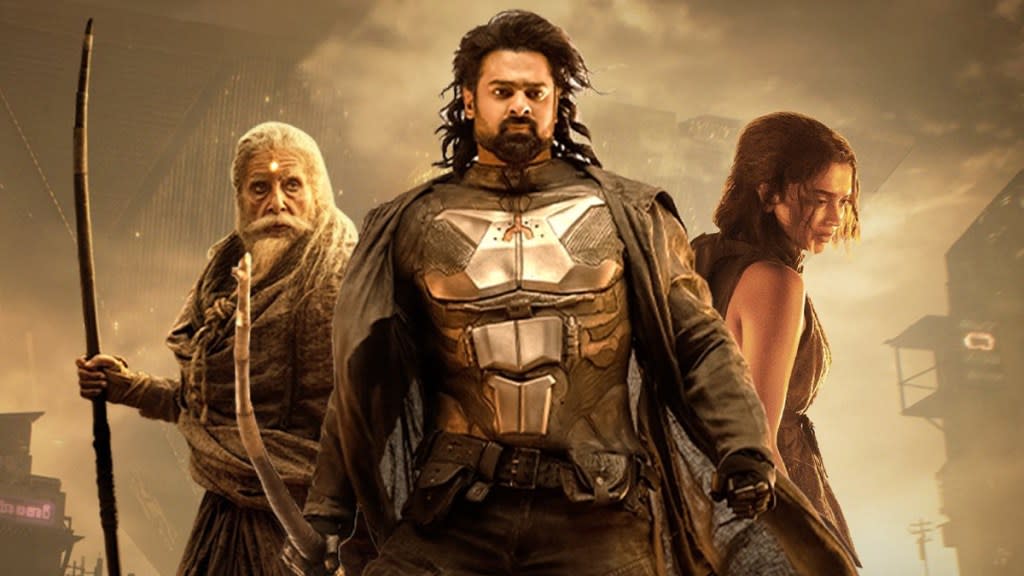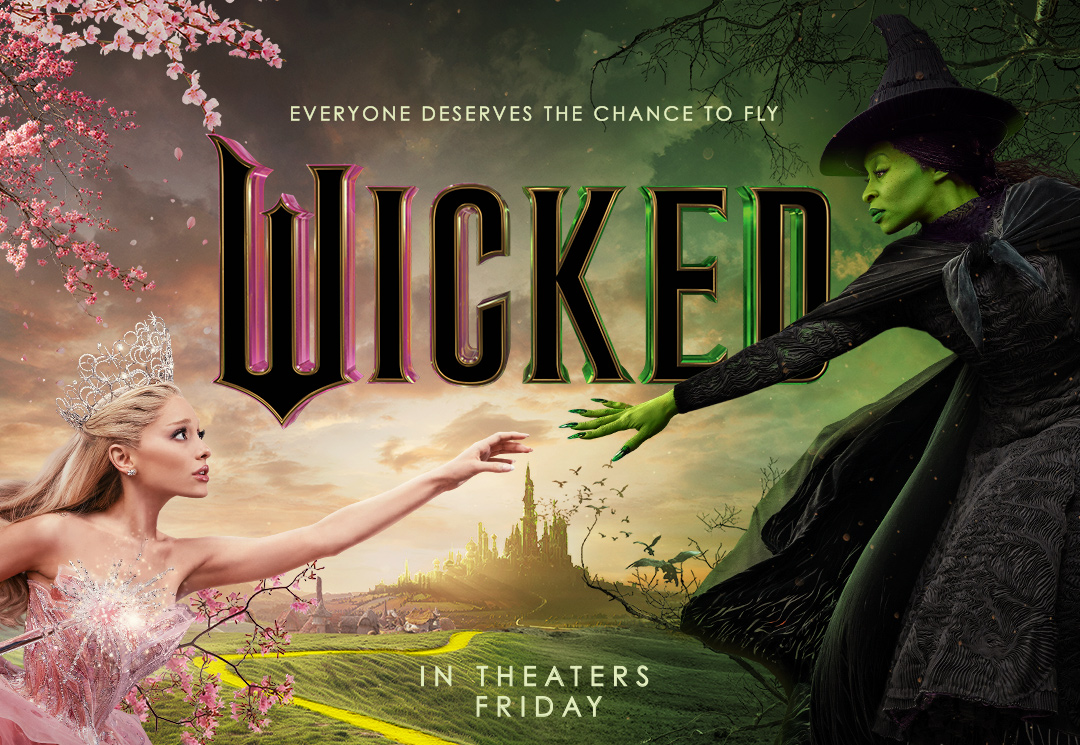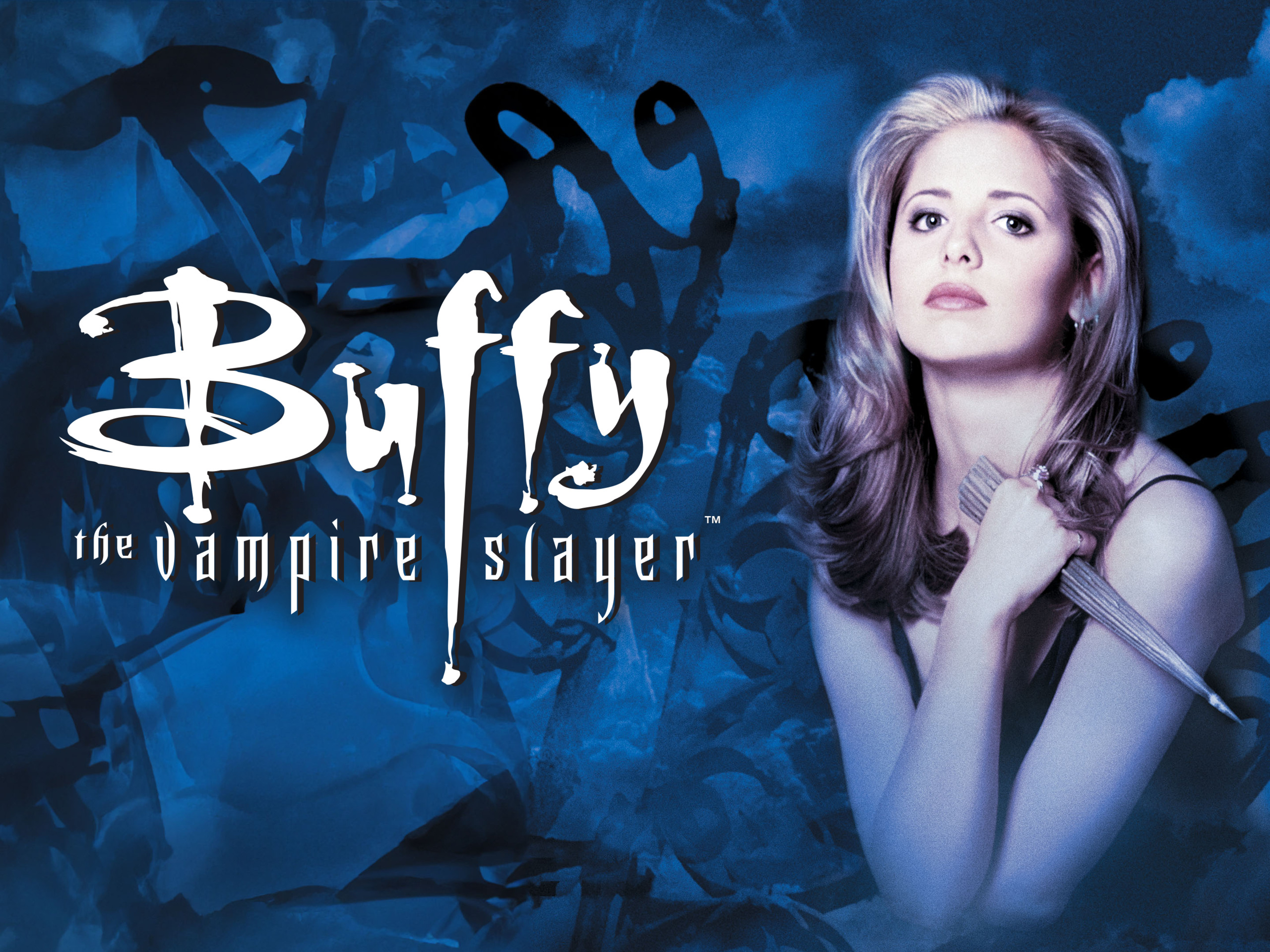The Academy of Motion Picture Arts and Sciences and The Linux Foundation today launched the Academy Software Foundation (ASWF) to provide a neutral forum for open source software developers in the motion picture and broader media industries to share resources and collaborate on technologies for image creation, visual effects, animation and sound.
“We are thrilled to partner with The Linux Foundation for this vital initiative that fosters more innovation, more collaboration, more creativity among artists and engineers in our community,” said Academy CEO Dawn Hudson. “The Academy Software Foundation is core to the mission of our Academy: promoting the arts and sciences of motion pictures.”
“Open Source Software has enabled developers and engineers to create the amazing visual effects and animation that we see every day in the movies, on television and in video games,” said Jim Zemlin, Executive Director of The Linux Foundation. “With the Academy Software Foundation, we are providing a home for this community of open source developers to collaborate and drive the next wave of innovation across the motion picture and broader media industries.”
The ASWF is the result of a two-year investigation by the Academy’s Science and Technology Council into the use of Open Source Software (OSS) across the motion picture industry. The survey found that more than 80% of the industry uses open source software, particularly for animation and visual effects. However, this widespread use of OSS has also created challenges including siloed development, managing multiple versions of OSS libraries (“versionitis”) and varying governance and licensing models that need to be addressed in order to ensure a healthy open source ecosystem.
“Developers and engineers across the industry are constantly working to find new ways to bring images to life, and open source enables them to start with a solid foundation while focusing on solving unique , creative challenges rather than reinventing the wheel,” said Rob Bredow, SVP, Executive Creative Director and Head of Industrial Light & Magic and Member of the Academy’s Science and Technology Council , Open Source Investigation Committee. “We are very excited to launch the Academy Software Foundation and provide a home for open source developers to collaborate , regardless of where they work, and share best practices which we believe will drive innovation across the industry.”
ASWF Mission: The mission of the ASWF is to increase the quality and quantity of open source contributions by developing a governance model, legal framework and community infrastructure that lowers the barrier to entry for developing and using open source software. Developers interested in learning more or contributing can sign up to join the mailing list at www.aswf.io/community.
The ASWF Goals are to:
Provide a neutral forum to coordinate cross-project efforts, establish best practices and share resources across the motion picture and broader media industries.
Develop an open continuous integration (CI) and build infrastructure to enable reference builds from the community and alleviate issues caused by siloed development.
Provide individuals and organizations with a clear path for participation and code contribution.
Streamline development for build and runtime environments through the sharing of open source build configurations, scripts and recipes.
Provide better, more consistent licensing through a shared licensing template.
“In the last 25 years, software engineers have played an increasing role in the most successful movies of our time,” said David Morin, Project Lead for the Academy Open Source Investigation. “The Academy Software Foundation is set to provide funding, structure and infrastructure for the open source community, so that engineers can continue to collaborate and accelerate software development for moviemaking and other media for the next 25 years.”
For more information about the Academy Software Foundation, visit http://www.aswf.io/.
The ASWF will have a significant presence at SIGGRAPH 2018. Interested developers and engineers can learn more about the ASWF by attending the keynote session on Monday, August 13, from 2:00 – 3:15 pm PT by Rob Bredow, SVP, Executive Creative Director and Head of ILM, or following the keynote livestream on YouTube or Facebook.
Conference attendees are also invited to participate in the Academy Software Foundation Birds of a Feather (BoF) session on Tuesday, August 14, from 9:00 – 10:00 am PT in the Vancouver Convention Centre, East Building, Room 11.
Academy Software Foundation Supporting Premier Partners
Founding members of the ASWF include: Academy of Motion Picture Arts and Sciences, Animal Logic, Autodesk, Blue Sky Studios, Cisco, DNEG, DreamWorks Animation, Epic Games, Google Cloud, Intel, Walt Disney Studios, and Weta Digital at the Premier level, and Foundry and SideFX at the General level.
Animal Logic
“Animal Logic is proud to be an inaugural member of this industry initiative to support foundational software on which future innovations will be developed. Combined with our open-source contribution through AL_USDMaya, this signifies our commitment to giving back to the community that has provided us with so much.”
Autodesk
“Autodesk understands and appreciates the diversity of our media and entertainment customer’s workflows and the critical role open source projects play in making them successful. We are very excited to collaborate with the Academy and The Linux Foundation to build this industry initiative to strengthen the projects and ecosystem we all rely on.”
Blue Sky Studios
“Blue Sky Studios is thrilled to be a part of the Academy Software Foundation launch. Open source technologies give filmmakers the wonderful opportunity to collaborate and give back to the community. As a studio we are committed to making entertainment that means something to the world, and are excited when other filmmakers do the same. With the ASWF we have the opportunity to help each other in this goal: to create technology for ourselves and each other, so we can craft beautiful and compelling stories that make us all proud.”
Cisco
“Cisco is joining the Academy Software Foundation to help fuel technology innovation in the creation and production of film and TV. Linux and OSS have become de facto standards across a wide number of industries, and we are realizing the distinct benefits for pre- and post-production as Hollywood and Silicon Valley continue to explore best practices for technology transfer.”
DNEG
“Open source software projects have contributed significantly to the success and growth of the Visual Effects industry. DNEG recognises the importance of these projects in the service of our key goal: participating in the telling of inspiring and innovative stories through technology. As such we are delighted to support the ASWF and are excited by the prospect of collaborating on the software that will form the basis of the future of our industry.”
DreamWorks Animation
“DreamWorks Animation is pleased to be a founding Premier member of the Academy Software Foundation. The formation of the Foundation underscores how vital open source technology is in the production industry, and how essential it is to future innovation and advancements. As an active open source contributor, and a dedicated consumer, we at DreamWorks Animation recognize the value of an oversight organization to ensure continued resources and momentum for software development.”
Epic Games
“Epic Games is committed to providing a new generation of real-time technology for the film and television industry based on standard technology and practices. We are strong supporters of open source software and open platforms, and are thrilled to be part of the new Academy Software Foundation.”
– Marc Petit, General Manager, Unreal Engine Enterprise at Epic Games
Google Cloud
“Google Cloud is excited to be a Premier member of the Academy Software Foundation and to help contribute to the open source standards for industry software. Our core belief in an open platform for cloud users echoes the sentiments of the VFX industry and we look forward to collaborating on projects that will benefit all users.”
Intel Corporation
“As a founding member of the Academy Software Foundation, Intel will join a vibrant community of studios, and software and hardware technology leaders to spur developer innovations and enable top-quality motion picture content that is better, faster and less expensive to make. Intel’s just announced Intel® Rendering Framework including software libraries Embree and OSPRay, and the new OpenImageDenoise library, can be used by ASWF members to develop compelling motion pictures and visual effects with all the benefits of open source solutions on Intel® architecture-based systems.”
The Walt Disney Studios, including Walt Disney Animation Studios, Industrial Light & Magic, Pixar Animation Studios and Marvel Studios
“The creation of the Academy Software Foundation is an important and exciting step for the motion picture industry. By increasing collaboration within our industry, it allows all of us to pool our efforts on common foundational technologies, drive new standards for interoperability and increase the pace of innovation.”
Weta Digital
“We are proud to help establish the Academy Software Foundation as a Founding member. Thoughtful curation and dedicated financial commitment to open source platforms and standards is vital for our industry as we mature. The pace of innovation in visual effects is supported by a reliable platform of technology contributions by many companies and groups. The Academy Software Foundation will provide a unique collaboration environment that marries the interests of all parties and ensures the industry’s history of experimentation and creativity will continue well into the future.”

Streaming
Review of Kalki 2898 AD on Netflix

Review of Kalki 2898 AD on Netflix
Rating: (4/5)
Kalki 2898 AD, directed by Nag Ashwin, is a visually ambitious sci-fi film featuring an ensemble of Indian cinema legends, including Prabhas, Amitabh Bachchan, and Deepika Padukone. The film is set in a dystopian future with a storyline that weaves mythology and science fiction, creating a unique cinematic experience for viewers.
The film’s narrative unfolds in a futuristic society where technology and ancient themes intersect. It begins with an immersive setup that introduces us to Prabhas’ character, Bhairava, who grapples with complex moral and existential questions in a world marked by political and ethical turmoil. Although the pacing can feel slow in parts, especially as it establishes the mythological underpinnings, the intensity and scope build significantly as the story progresses.
One of the most captivating aspects is the stunning visual effects. The production team, with a budget reportedly over 400 crore INR, utilized advanced CGI to craft expansive landscapes, dramatic space battles, and futuristic cityscapes that resemble scenes from Hollywood sci-fi giants. The action sequences, particularly those featuring Bachchan, stand out with their thrilling choreography and careful dramatic build-up. These sequences balance between traditional Indian cinema stylings and Hollywood’s polished sci-fi tropes.
While Kalki 2898 AD relies heavily on genre conventions, it manages to bring a fresh twist by blending mythological symbolism with modern sci-fi elements. However, some may find the film’s narrative occasionally predictable, and the focus on visual spectacle occasionally overshadows character development. Yet, the powerhouse performances from the lead cast, particularly Bachchan and Padukone, provide the emotional depth needed to keep audiences engaged.
In summary, Kalki 2898 AD is an impressive venture into the sci-fi genre for Indian cinema, successfully balancing myth with high-tech fantasy. While not without flaws, it’s an enjoyable and bold cinematic experience that’s worth a watch for fans of both Indian mythology and science fiction.
Movie
Gladiator 2 Builds On The Legacy Of Its Predecessor,

Gladiator 2 builds on the legacy of its predecessor, delivering a captivating story that honors the original while forging a compelling new path. The cast shines in their roles, with Paul Mescal delivering a powerhouse performance as Lucius, the now-grown son of Maximus. Mescal captures a blend of vulnerability and strength, embodying a character driven by both honor and revenge. Alongside him, Denzel Washington commands the screen, adding gravitas and depth to a key supporting role
The screenplay is a triumph, keeping the audience engaged at every turn. While the overarching story gives you a sense of where it’s headed, the journey remains unpredictable, and packed with twists. The film balances themes of legacy, vengeance, and redemption, weaving them seamlessly into the narrative.
Action sequences, particularly the gladiatorial combat, are visually pleasing. The fights are brutal and visceral, with just enough gore to feel authentic without veering into excess. Visually, Gladiator 2 is stunning. The production design, cinematography, and score come together to create a visceral and immersive experience.
As a follow-up to a beloved classic, Gladiator 2 meets expectations, proving to be both a thrilling spectacle and a worthy successor. It’s a 9/10—a tale of honor and legacy.
Movie
Wicked Soars As A Dazzling Spectacle

Jon M. Chu’s Wicked, the long-awaited cinematic adaptation of the Broadway musical, soars as a dazzling spectacle that captivates audiences with its lush visuals, heartfelt performances, and rich storytelling. The film, the first in a two-part series, delves into the origins of Elphaba and Glinda, exploring their unlikely friendship and the events that transform them into the Wicked Witch of the West and Glinda the Good.
Cynthia Erivo (Elphaba) and Ariana Grande (Glinda) lead the cast with exceptional performances. Erivo’s powerful vocals and nuanced portrayal of Elphaba’s internal struggles bring depth to the character. Grande, in her most notable film role to date, is both hilarious and heartfelt as Glinda, perfectly capturing her charm and comedic timing. Supporting performances by Jonathan Bailey (Fiyero), Michelle Yeoh (Madame Morrible), and Jeff Goldblum (the Wizard) add layers to the narrative, enriching the world of Oz with compelling subplots.
Chu, known for his work on Crazy Rich Asians and In the Heights, brings his signature style to Wicked, blending vibrant visuals with emotional resonance. The production design by Nathan Crowley is stunning, vividly rendering Oz with grandeur, from the Emerald City to Shiz University. Paul Tazewell’s costume design is equally striking, updating the Broadway look with cinematic flair. The score, by Stephen Schwartz and John Powell, retains iconic musical numbers like “Defying Gravity” while incorporating new arrangements that heighten their cinematic impact.
Critics have hailed Wicked as one of the best musical-to-film adaptations in decades, rivaling Chicago and Mamma Mia. Chu’s decision to split the adaptation into two parts allows for a deeper exploration of the story, giving audiences time to connect with the characters and their journeys. Fans of the Broadway show will appreciate its faithfulness to the source material, while newcomers will be enchanted by its universal themes of acceptance, ambition, and friendship.
With Wicked, Jon M. Chu has delivered a masterpiece that sets a new standard for musical adaptations. The film is a visual and emotional triumph, showcasing unforgettable performances and a meticulously crafted world. Whether you’re a fan of the original musical or new to the story, Wicked is a must-see cinematic event.
Rating: 3.5/5


